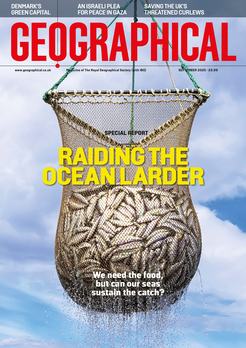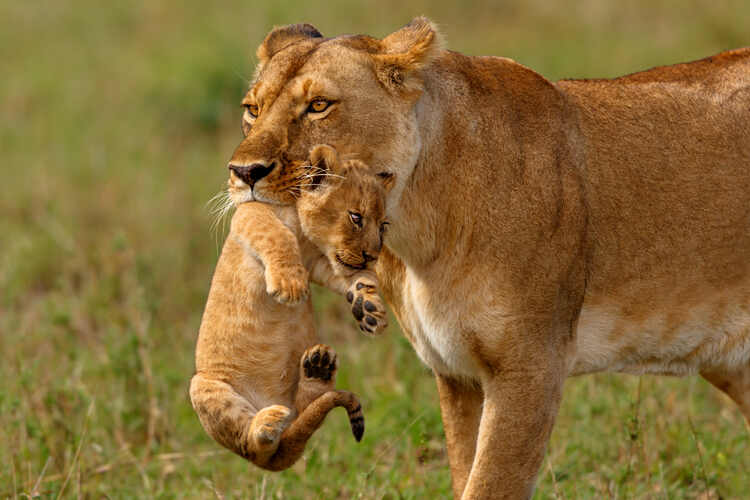
Flora & Fauna reveals 10 endangered species in critical need of protection in 2024, and the work being done to save them
Eastern lowland gorilla
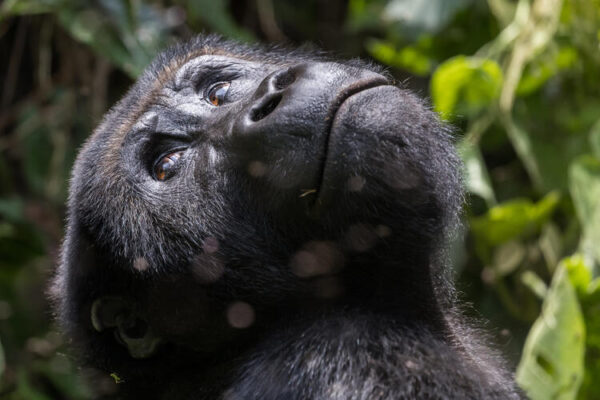
Eastern lowland gorillas, also known as Grauer’s gorillas, are found only in the Democratic Republic of Congo (DRC) and are critically endangered, threatened by increased contact with humans. Of the four sub-species of gorilla, all of which live in equatorial Africa, the eastern lowland gorilla is the largest. It’s estimated that there are just 6,800 individuals living in DRC’s Kahuzi-Biega and Maiko National Parks. In 2023, for the first time, Fauna & Flora captured footage of lowland gorillas in the community forests bordering Maiko National Park, where locally-led biomonitoring patrols are helping to monitor and protect them.
Green turtle
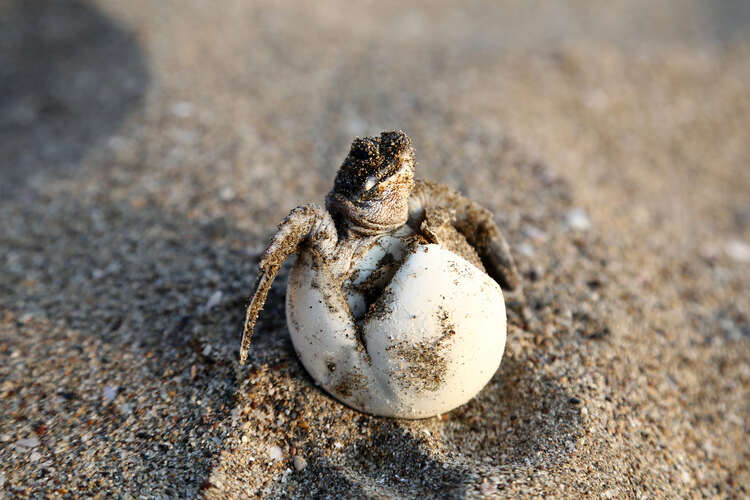
The world’s sea turtles are under serious pressure as a result of human impact, with poaching, pollution, habitat loss and climate change all taking a heavy toll. In December 2023, however, a team of conservationists in Cambodia uncovered nine green and hawksbill turtle nests along the coastline of a remote offshore island, after almost a decade of searching. The discovery of hundreds of eggs offers renewed hope for Cambodia’s threatened sea turtle populations and, as the year unfolds, it is hoped that further nests will be discovered.
Yellow-naped amazon
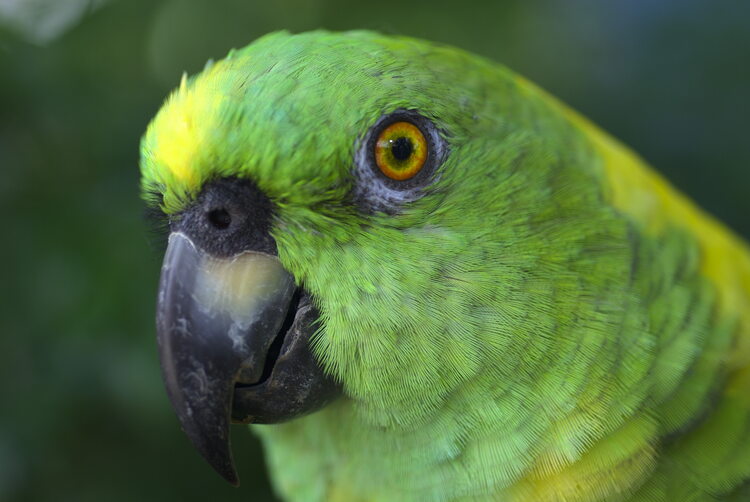
Despite its name, the yellow-naped amazon is not found in the Amazon but in Central America, where its range extends from southern Mexico to northern Costa Rica. However, due to its bright plumage and ability to talk, this parrot is a frequent victim of the pet trade and heavy poaching and wildlife trafficking have devastated wild populations. Thanks to conservation efforts, however, its numbers are steadily increasing. The most recent survey conducted by Fauna & Flora’s local partner Biometepe in 2023 recorded an estimated 1,383 adult yellow-naped amazons on Ometepe Island in Nicaragua. In addition, over 50 chicks fledged successfully from the monitored nests, with just three birds poached – down 87 per cent on the previous year.
Cave squeaker frog

Until its rediscovery in Mozambique’s Chimanimani National Park in 2020, the cave squeaker frog hadn’t been seen since 1962 and was widely believed to be extinct. Since 2020, Fauna & Flora and partners have recorded 275 of these frogs, but the entire population appears to be restricted to a 700-hectare area of caves and rocky grasslands above 1,600 metres. The cave squeaker is therefore at grave risk from threats such as climate change as it has nowhere to go if its habitat overheats, and Mozambique faces an increased risk of extreme heat over the next five years.
Asprete
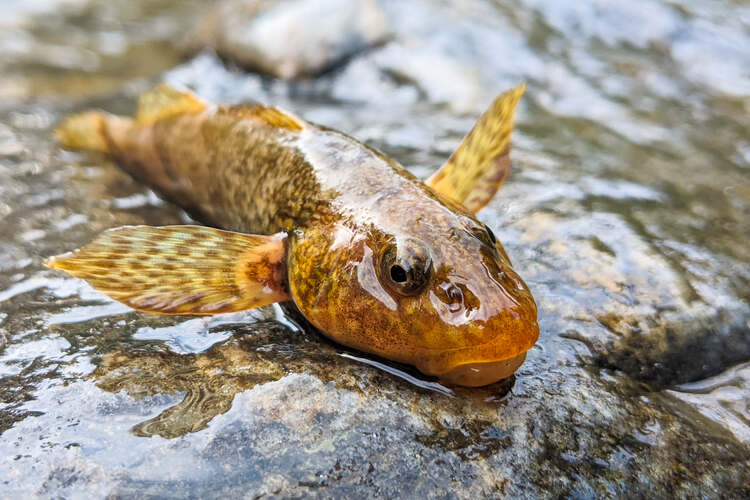
Unknown to science until 1956, the asprete is an incredibly rare freshwater fish, found only in Romania. It was once feared extinct after dam construction destroyed much of its original habitat, but was rediscovered in the Vâlsan River, its last known refuge. In late 2022, Fauna & Flora joined forces with local asprete champions, the Alex Găvan Foundation, to conduct the most comprehensive surveys ever carried out for the species. The teams discovered record numbers of this critically endangered fish, but that was just the start. The results of follow-up surveys are anticipated in the coming months, which will help shed light on the current status of the asprete and how best to safeguard its freshwater habitat.
Annamite striped rabbit
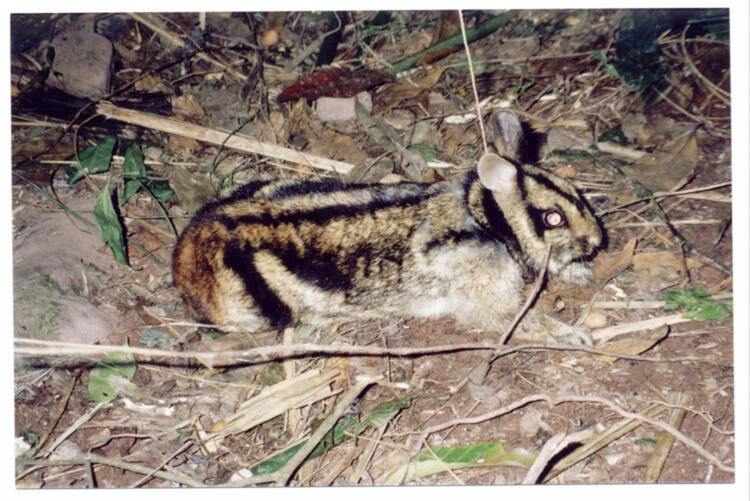
The Annamite striped rabbit was first discovered in 1996 when several dead specimens were seen in a market in Laos. Very little is known about this intriguing but endangered species, which is rarely encountered in the wild, but has previously been captured on camera by Fauna & Flora close to the Laos-Vietnam border. As Fauna & Flora scales up its work across the vast Annamite mountain range (which extends through Laos, Vietnam and Cambodia), this is one of the many weird and wonderful species on the radar for further investigation.
Pygmy hippo
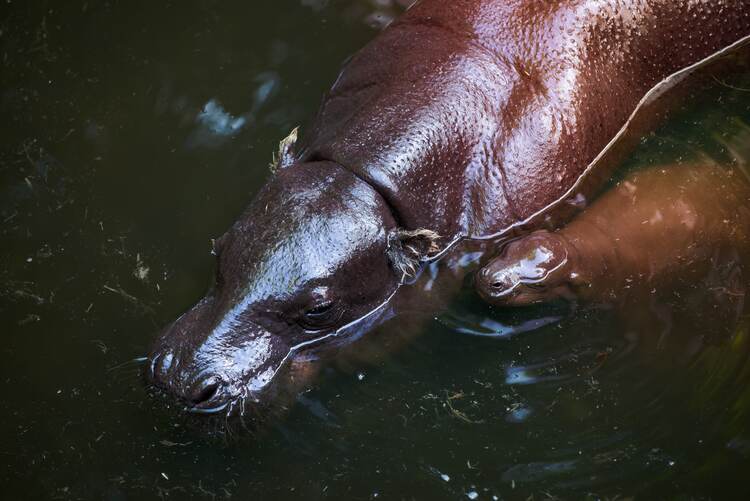
Pygmy hippos aren’t exactly tiny – they weigh around 250 kilos – but they are much smaller than their better-know cousins, and also much rarer. This endangered species is found in a small, dwindling number of sites in West Africa, where it’s believed just 2,000-2,500 remain in the wild. Working with local partners in Liberia, Fauna & Flora is taking action to safeguard some of the most crucial tracts of the Upper Guinea Forest, which is not only a stronghold for the pygmy hippo, but is a vital source of local livelihoods, a haven of biodiversity and a crucial carbon sink.
Ludlow’s Bhutan swallowtail
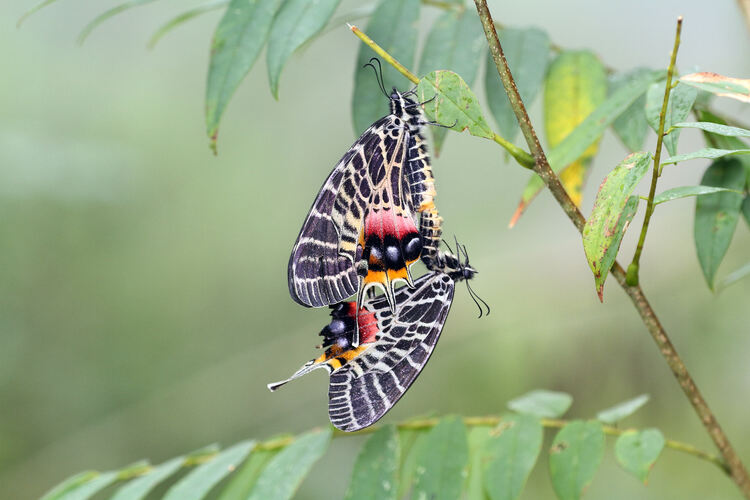
One of the most breathtaking butterflies in the world, the spectacular Ludlow’s Bhutan swallowtail is found only in Bhutan and a corner of north-east India. Despite its beauty and rarity, this endangered species has previously received very little conservation attention and minimal protection. With support from the Conservation Leadership Programme (a partnership between Fauna & Flora, BirdLife International and WCS), an award-winning team from India is aiming to address the decline of this endangered insect in 2024, through a combination of community engagement, population status surveys and habitat protection.
Southern Antilles horned iguana
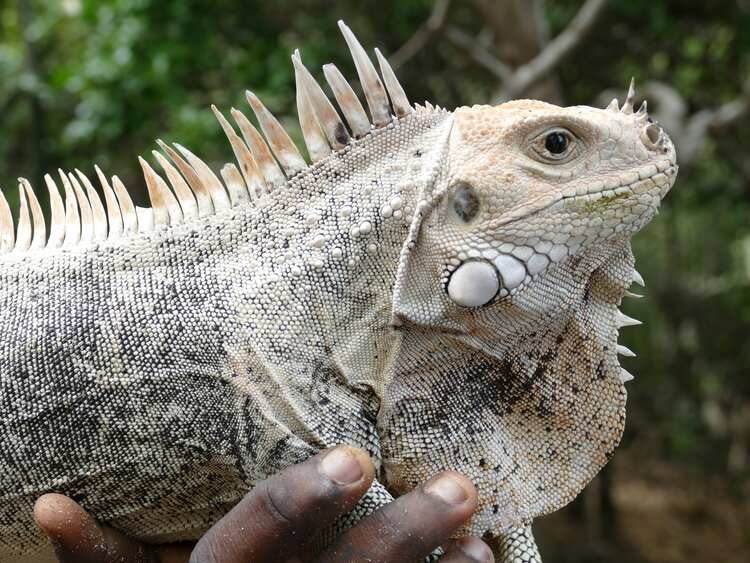
The demand for exotic pets, particularly in Europe, the US and Japan, is having a severe impact on wild populations of some of the Caribbean’s most endangered reptiles; among the most threatened is the Southern Antilles horned iguana. Fauna & Flora is working with partners to protect the two recognised subspecies – the Grenadines pink rhino iguana and Saint Lucia iguana, which are already attracting considerable interest from pet collectors and the poachers who stand to profit from that demand.
Lion
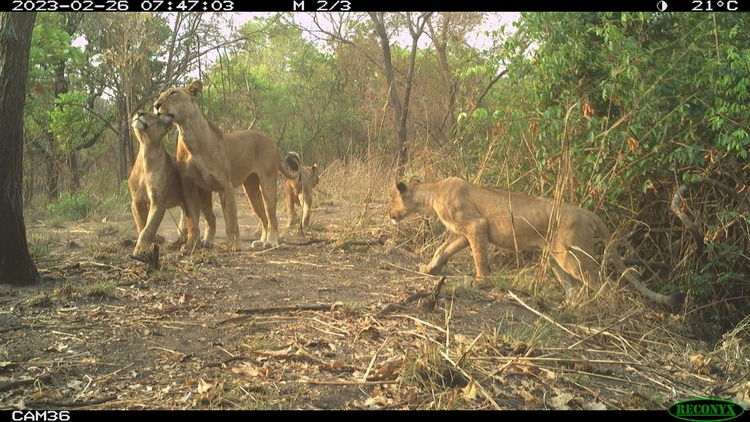
Across Africa, lion populations are vulnerable and declining. In some regions, certain sub-species are now critically endangered due to a combination of habitat loss and poaching. In 2023, Fauna & Flora captured camera trap footage of a lion and her cubs in Southern National Park, South Sudan, an important symbol of hope for a species that has suffered a 75 per cent decline in its population in the past five decades. The camera trap images provide a strong indication that this area has a breeding population of lions and that, thanks to conservation efforts, Southern National Park is becoming an important stronghold for lions. Fauna & Flora will continue working in partnership with South Sudan’s Ministry of Wildlife Conservation & Tourism in 2024 to develop effective protection measures for the park, its unique biodiversity and the people who depend on it.
Fauna & Flora is a wildlife conservation charity working to protect endangered species and ecosystems in more than 40 countries worldwide.

